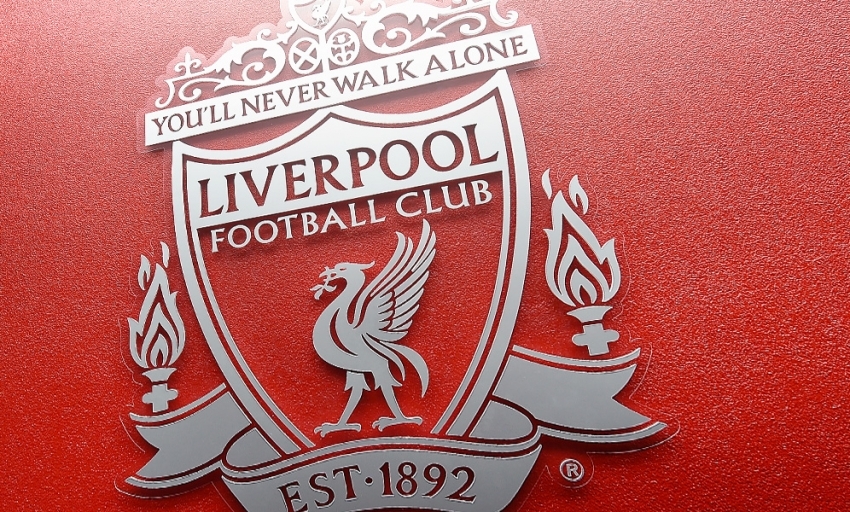Hillsborough inquests - June 18
The Hillsborough inquests commenced on March 31, 2014 and are the subject of reporting restrictions that have been imposed by the Attorney General's office. Liverpool Football Club is respectful of these restrictions and will therefore only be making available updates from other media channels for the duration of the inquest.

The report below - and the witness testimony contained within it - does not necessarily reflect the views of Liverpool FC. Please be aware that the reports on these pages will contain evidence about the day of the disaster which may be distressing.
To view archive reports from each day of the inquest hearings, click here.
Courtesy of The Guardian - June 18
An advertising hoarding being used as a makeshift stretcher to carry one of the 96 people who died at the Hillsborough football ground in 1989 broke as police officers and several Liverpool football club supporters ran with it across the pitch.
The man on the stretcher, Christopher Traynor, 26 at the time, who had been considered dead by police officers after they failed with efforts to revive him, had to be put back down onto the pitch, before he was then carried into the gymnasium being used as a temporary mortuary.
One South Yorkshire police officer, Andrew Thorpe, giving evidence in Warrington at the new inquests into the disaster, said he thought the group did enough to “just sort of hold the board together” after it broke, to carry Traynor in.
The inquests heard that Traynor’s younger brother, Kevin, who was 16, was also carried on an advertising hoarding after he too was killed in the lethal crush in the central pens of Hillsborough’s Leppings Lane terrace, at the FA Cup semi-final between Liverpool and Nottingham Forest.
Jonathan Ellis, a fellow Liverpool supporter, told the court that when the “vice-like” crush took hold in pen 3, he was standing next to Kevin, who was struggling to breathe, and he tried to reassure him that he would emerge safely. Ellis then lost sight of Kevin in the crush, and never saw him again.
A South Yorkshire detective constable, Malcolm Turner, who was called to assist on the pitch, said he carried Kevin from inside pen 3 onto the pitch with another officer. He said Kevin’s face was already bluey purple, his eyes were motionless, and his mouth was “full of vomit.”
Turner said he checked both Kevin’s wrist and neck, and found no pulse. A man who identified himself as a doctor, in the chaos on the pitch, with many dead and injured people already laid out, made similar checks and told Turner it was “too late” for Kevin, and he should “move on”.
Turner said he covered Kevin’s face with a jumper, principally so that other people would not spend time trying to revive him, when there were “so many bodies” on the pitch who needed attention.
In the absence of stretchers, people began to grab the advertising hoardings to carry the dead bodies, and Turner said he and others took Kevin to the gymnasium “at some speed”. There, a number was attached to Kevin’s body: 57.
One witness, Chris Smith, who had also gone to the semi-final to support Liverpool, identified himself in a photograph helping to carry Kevin on a hoarding. Smith said he thought that during that afternoon he ran up the pitch with six different dead bodies on advertising hoardings.
David McEwan, a police constable, recalled giving Christopher Traynor mouth-to-mouth resuscitation, with another officer, identified as Kevin Landers, doing chest compressions. McEwan said he saw Christopher’s chest inflating and they continued their efforts for some time, but then Christopher stopped responding; he had no pulse, and they assumed he was dead.
McEwan said he wrote his own police collar number on the back of Christopher’s hand, to identify that he had attended to him, then left him to try to revive another casualty.
In a statement read to the jury of seven women and three men by Christina Lambert QC, for the coroner, Sir John Goldring, another police officr, Michael Robinson, recalled that he later helped to carry Christopher on the advertising hoarding.
“I also recall that the board on which the deceased was being carried broke,” Robinson’s statement said, “and that is why we placed him on the pitch.”
The inquests have heard from Theresa Arrowsmith, sister of Kevin and Christopher, that she and another brother, John, and Christopher’s wife, Liz Traynor, drove to Sheffield from Liverpool that night.
They went straight to a police station, looked in three hospitals, then having not found either of the men, went to the gymnasium at Hillsborough, where they were joined by the other Traynor brother, Paul.
Then, “after some time and with some difficulty”, they were shown photographs on a green board of all the dead people, and identified Christopher and Kevin. At 2:45am, the bodies were brought out, and John Traynor formally identified his brother Kevin, while Liz Traynor identified her husband, Christopher.
Theresa Arrowsmith, John and Paul Traynor were all in court, 26 years later, hearing and seeing the evidence about their brothers. Their barrister, Brenda Campbell, thanked the police officers and supporters for their evidence and efforts to help on the day.
Afterwards, Theresa Arrowsmith was seen thanking senior officers from Operation Resolve, the new police investigation into the Hillsborough disaster, for their work piecing together what happened to Kevin and Christopher, including with witnesses identified after a public appeal.
The inquests continue next week.



